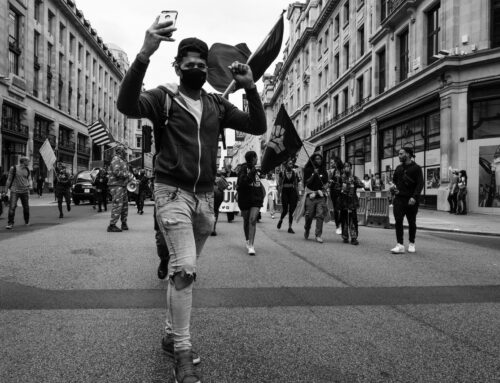The use of drones has grown enormously since they became available on consumer markets. Many photographers and videographers are using them as part of their kit, estate agents, hobbyists – even criminals (and putting aside the moral issues, one must hand it to them for innovation) have used them to carry out drug deals and to fly weapons, phones and drugs into prisons (I do not expect this article to be too relevant to people who use drones for drug deals). Tech giants have recognised their potential; Amazon has experimented with drone deliveries.
This blog focuses on drones which are available to the public and looks at potential risks, the relevant law and responsibilities of drone users.
‘Drone’ refers to any object that can be flown without a human pilot. They can range from armed technologies used in military operations to smaller gadgets that can be purchased by members of the public. These items can be controlled remotely and may also be attached to a camera.
When are drones a problem?
Drones become a problem when they interfere with other objects using the same airspace. They can present a problem for both military and civilian aircraft. Despite their relatively small size a collision could have disastrous consequences. Such incidents are more likely to happen when drones are flown too high or too close to areas where aircraft are taking off and landing frequently.
What are the rules?
If you have bought a drone for personal use, then you have some responsibilities relating to your use of that drone. Breaching these duties can result in prosecution. It is advisable to consult the Civilian Aviation Authority Air Navigation Order 2016, specifically Articles 94, 95 and 241. You can download the ‘Drone Code’ from the website www.dronesafe.uk You must understand your essential duties as a drone owner, many of which are common sense:
– know how to fly your drone safely, and do so within the law
– understand that the operator is legally responsible for every flight
– keep your drone in sight at all times – stay below 400ft
– don’t fly your drone over a congested area
– never fly within 50 metres of a person, vehicle or building not under your control
– ensure any images you obtain using the drone do not break privacy laws
– avoid collisions – you should never fly a drone near an airport or close to aircraft.
It is a criminal offence to endanger the safety of an aircraft in flight. If you break the rules, you could threaten life and also face prosecution, in some cases resulting in imprisonment or a substantial fine.
Are there extra rules when using drones for commercial purposes?
If you want to use a drone for commercial purposes, for example as an estate agent to take aerial video of properties for sale, then permission must be sought from the Civilian Aviation Authority. It is also expected that you will attend an accredited course which will test your knowledge of and competence with drones.
Drones understandably come with their fair share of responsibilities. If you follow the principles highlighted above, you will be much less likely to fall foul of the rules and regulations governing this exciting new technology.
Contact Us
Related Blogs
Registered Office : Queen’s Chambers, 5 John Dalton St, Manchester M2 6ET | Authorised and Regulated by the Solicitors’ Regulation Authority | 3D Solicitors Ltd : Company Number 10553315 SRA Number 636106

